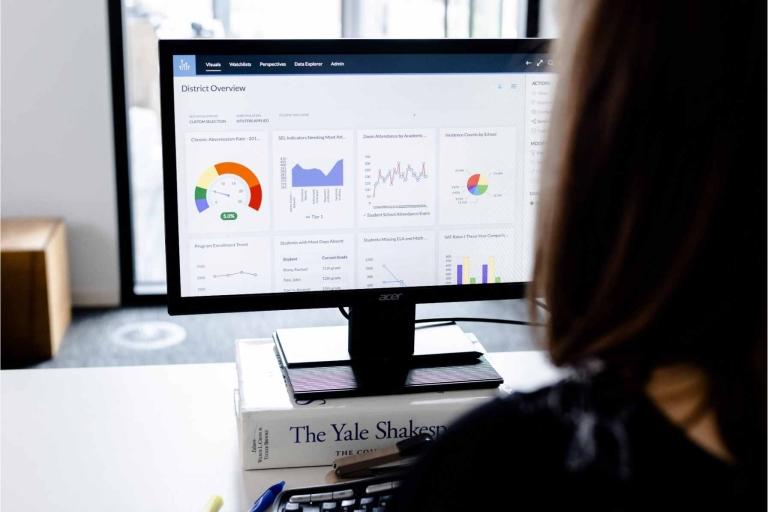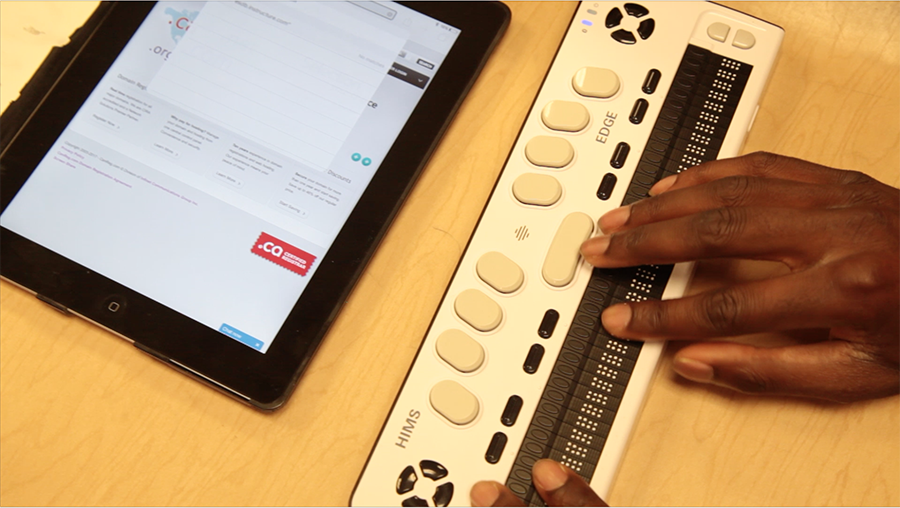“We are going to relentlessly chase perfection, knowing full well we will not catch it, because nothing is perfect. But we are going to relentlessly chase it, because in the process we will catch excellence.”
Vince Lombardi
in his first team meeting as Packers coach (1959)
I'm not a sportsball guy, but this quote nails it. Our COO Mitch Macfarlane shares it both with Instructure teams and with our clients as a way to remind us of the importance of shared dedication to a cause, and that achieving excellence requires honest reflection and continuous improvement.
I thought about this last week when I visited The North Carolina School for the Deaf (NCSD) in Morganton. I saw students using assistive technology with Canvas, and I heard leaders and staff talking about the difference that accessible, online tools can make in their lives. This made me realize how far we've come with edtech, and also to marvel at the progress the accessibility movement has made since the early days of the web (who remembers "Bobby"?).
Logically, watching kids who are blind or deaf seamlessly engaging in the same kinds of online learning experiences that other kids do daily might make us feel satisfied or complacent. But for us, this kind of feedback is motivating. It encourages us to do more, in spite of the fact that we can never catch perfection.
Dr. Sarah McManus, NCSD's Digital Learning Director for the Education Services for the Deaf and Blind, talked about two key affordances of online technology that enable inclusive education: First is accessibility, and second is availability. “Accessibility” should be no surprise: as Dr. McManus says, “Students just have to have access.” Accessibility ensures that technology doesn't get in the way, but rather enables what matters most: students' interactions with content, classmates, or their teachers. At Instructure, we're committed to continuously improving accessibility in Canvas, and we rely on the feedback, stories, and encouragement we get from the Community as we stick to that path.
“Availability” of the technology may be less obvious, but it's the counterpart to inclusive learning. Really, we're talking about the availability of the learning experience itself, the anytime/anyplace that online education enables. This isn't just about convenience, it's about students' ability to set their own pace, based on their own abilities and differences. At the NCSD, we met Andres, a student from Colombia who now communicates in four languages, at different levels: American Sign Language, Colombian Sign Language, English, and Spanish. He talked about how reading and writing English in discussions was harder than signing for him, and while that may be just the reason to use written language for an activity, it's sure great to have video in asynchronous online discussions as an option for ASL.
We'll share more of the stories from North Carolina this summer, highlighting how, as Dr. MacManus puts it, “All students can learn when they have the tools, and the resources, and the time.”
Keep Learning,
Jared Stein
Vice President of Higher Ed Strategy, Instructure
Related Content
 inst-3step.jpg
inst-3step.jpgBlogs
 13lmsfeaturesthatbenefitstudentlearning.jpg
13lmsfeaturesthatbenefitstudentlearning.jpgBlogs
 community-homepage.jpg
community-homepage.jpgBlogs
